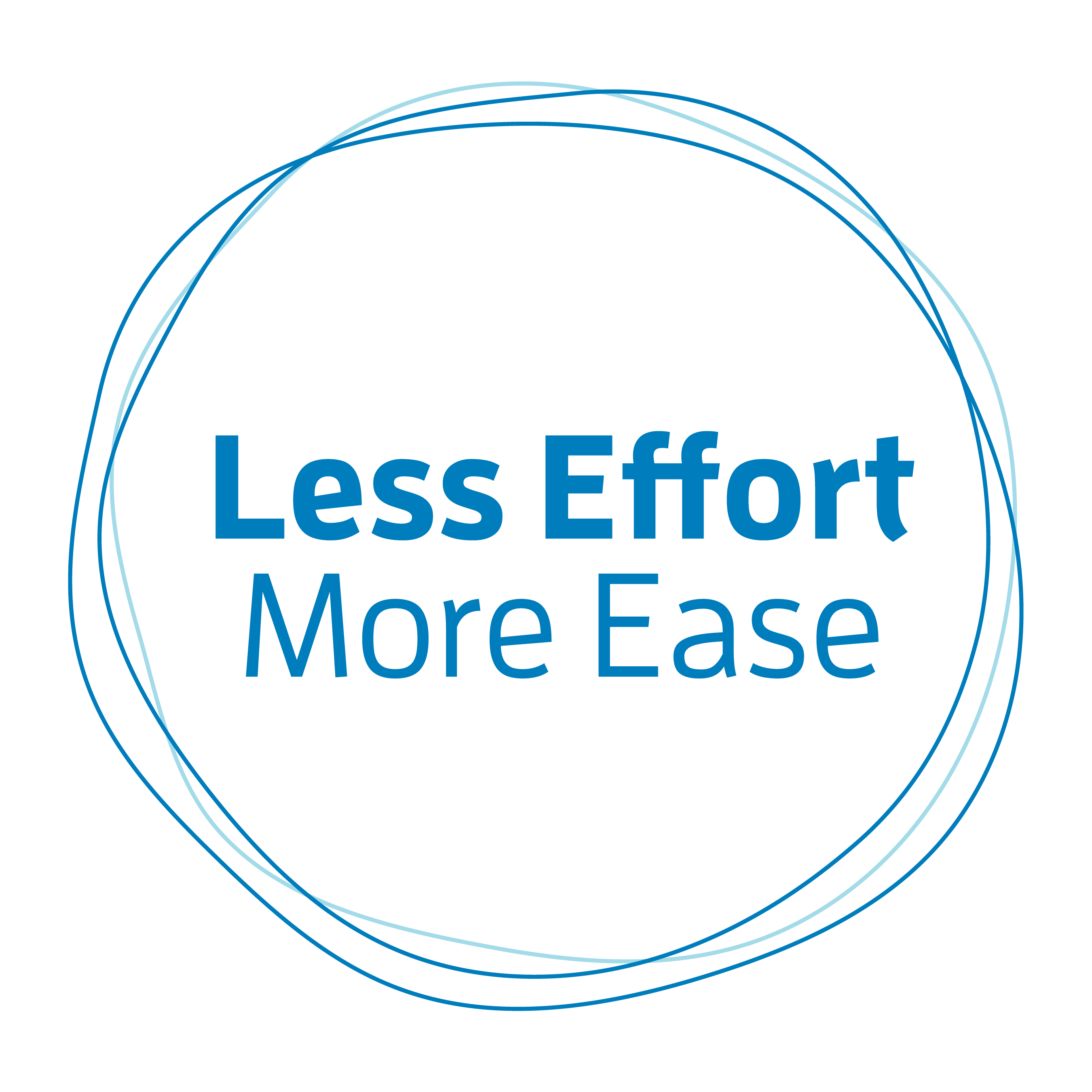How you do anything is how you do everything is a quote you may have run into in a self-help article somewhere. I’ve heard it attributed to Zen Buddhism. But the origin seems unclear.
Leadership Coach, Carolina Caro, wrote a nice post on Forbes exploring the meaning of this very quote. Basically, it boils down to looking at your habits. And understanding that often a particular habit is not restricted to just one area of your life but tends to show up in many unexpected places, over and over again.
You may become aware of a habit in your work life, such as always turning down offers of help, and upon further inspection, you find you’re doing the same in your personal life. The question then is, what are the ramifications? Because doing something occasionally usually doesn’t have that big of an impact. But doing the same thing consistently does.
When it comes to your posture, it’s not all that different. Yet over and over I find students refer to problems with their “athletic posture” or their “computer posture” as if these were somehow different from each other and distinct from their “posture” in general.
How you habitually hold tension, apply effort, and move weave through your life. Maybe you’re a pianist and discover that you’ve overly tense arms at the piano and need to work on having more relaxed arms in order to play better. That’s great that you’ve noticed the problem (and the habit). But another question to ask yourself is, how are your arms the rest of the day, as you work at the computer, prepare a meal, or drive a car in rush hour traffic? Is it reasonable to expect if you do all those other “everyday” activities with a lot of excess tension, that you could easily come to the piano, shed that tension, and start playing?
F.M. Alexander, the man whose discoveries lie at the heart of what we know today as the Alexander Technique was an actor with a vocal problem. Quite simply, he would lose his voice while performing. Recently, I wrote a short history of the Alexander Technique on this blog where I recounted his fascinating story.
At the heart of his self-discoveries, Alexander realized he was doing something habitually when he went to recite on stage. And his voice suffered as a result. Very simply when he went to project his voice, he was tensing himself from head to toe.
Initially, Alexander thought this habit was related to his acting. But after further inspection, he found what he was doing while on stage, he was also doing—but to a lesser degree—when talking normally. Here was the perfect example of how you do anything is how you do everything.
Habits are pesky things. By their very nature, they’re subconscious. They feel normal. It’s just the way you do things. And they’re often extremely hard to see on your own. But often when you exert yourself a bit—maybe in an exercise class where you push yourself to get stronger or have to talk in front of a group of people when you don’t normally do, or even explore a new activity that requires mastering a whole new coordination like learning to tango dance—that’s where you might first become aware of a habit. Because when you’re exerting yourself the habits will get amplified just enough that you notice. And you might think it just has to do with your Pilates class, your public speaking, or your tango.
That’s exactly what happened with Alexander. He had to exert himself as he spoke a bit more to get his voice to the back of the theater (they didn’t have amplification in the late 1800s) and that’s where he first noticed his habit of tension that was affecting his voice. When he paid closer attention, he began to realize this habit was present in his everyday speaking as well. It was just more subtle and therefore he hadn’t noticed it before.
So if you become aware of a habit that you deem is getting in your way, like excess tension while you’re doing a specific activity, be curious. First, pat yourself on the back for noticing. But don’t stop there. Ask yourself as well, “where do I see this in other areas of my life?”
P.S. Are you a subscriber to my e-newsletter? If you like this blog and are craving more information on how to move better and feel better there’s no better time to sign up. You’ll get a free booklet with tips for exploring your posture (that has nothing to do with standing up straight and pulling your shoulders back. I promise!). And once a month I’ll pop into your inbox with new ideas for you to experiment with. In addition, you’ll be the first to know about any upcoming events, local or online.
Image by mohamed Hassan from Pixabay




